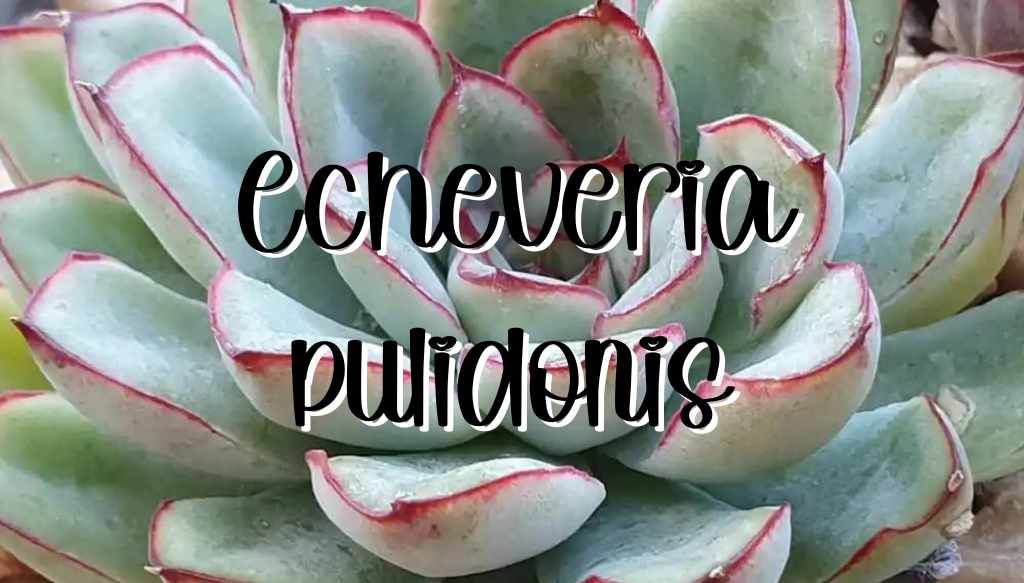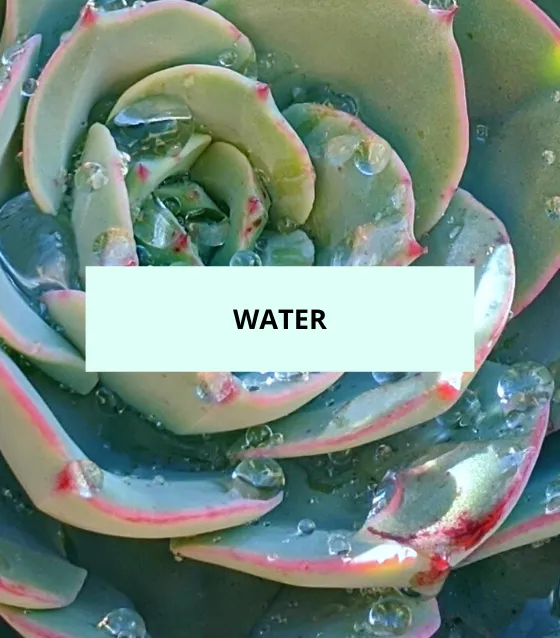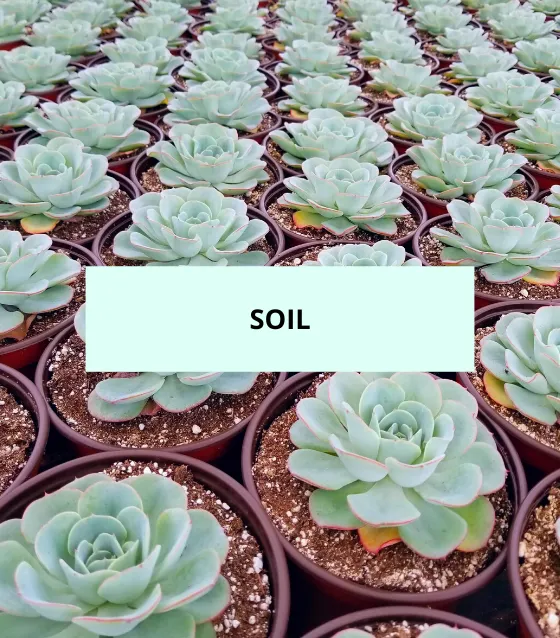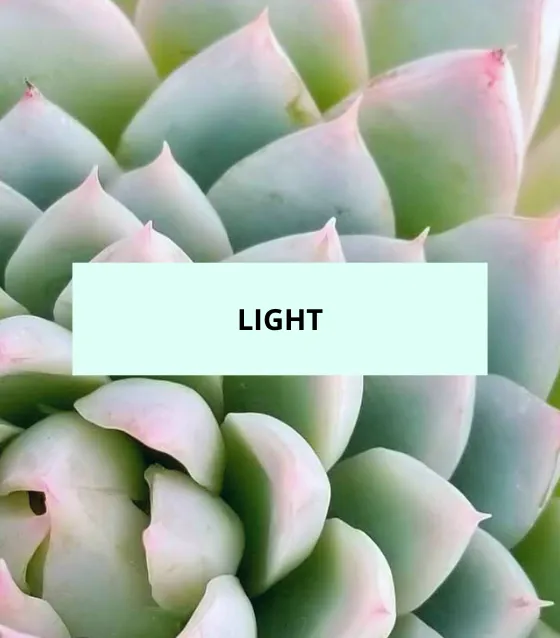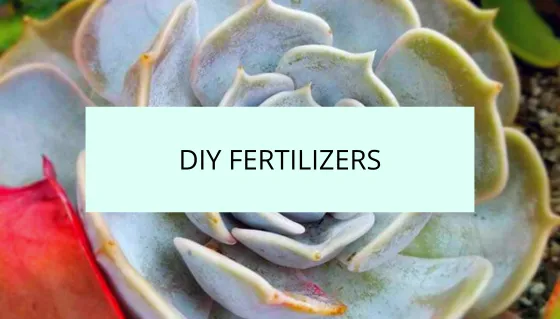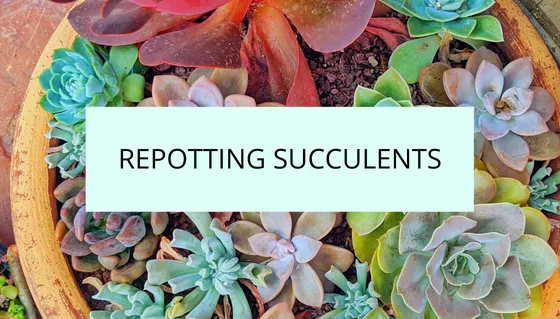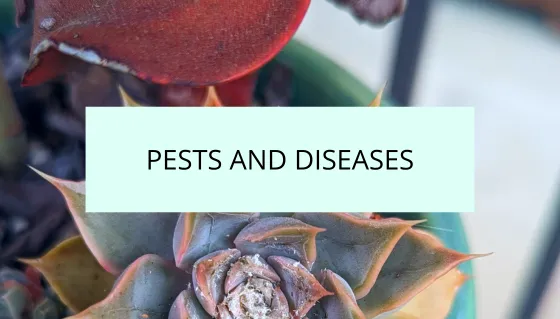Welcome to a quick look at Echeveria pulidonis, a stunning succulent that is sure to captivate any succulent enthusiast. This article will provide you with all the essential information about this beautiful plant, including its appearance, growth habits, flowering characteristics, toxicity, and propagation methods. So, let’s dive in and explore the fascinating world of Echeveria pulidonis!
Dig in!
Common Names
Echeveria pulidonis is commonly known as the ‘Pulido’s Echeveria’.
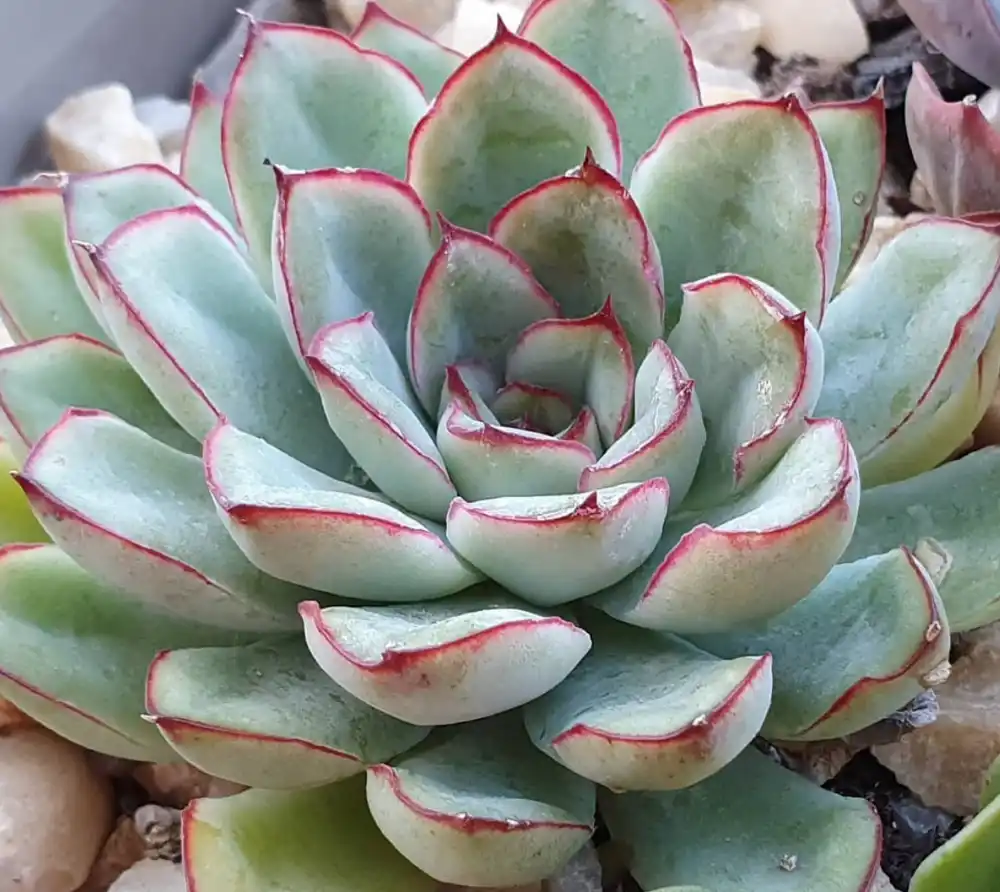
Appearance and Growth
Echeveria pulidonis is a visually striking succulent with a distinct rosette shape. The leaves are spoon-shaped and have a beautiful powdery blue-green color. They are densely packed, forming a tight rosette that can reach a diameter of around 4 to 6 inches (10 to 15 cm). The leaves also have a smooth surface, giving them a polished appearance.
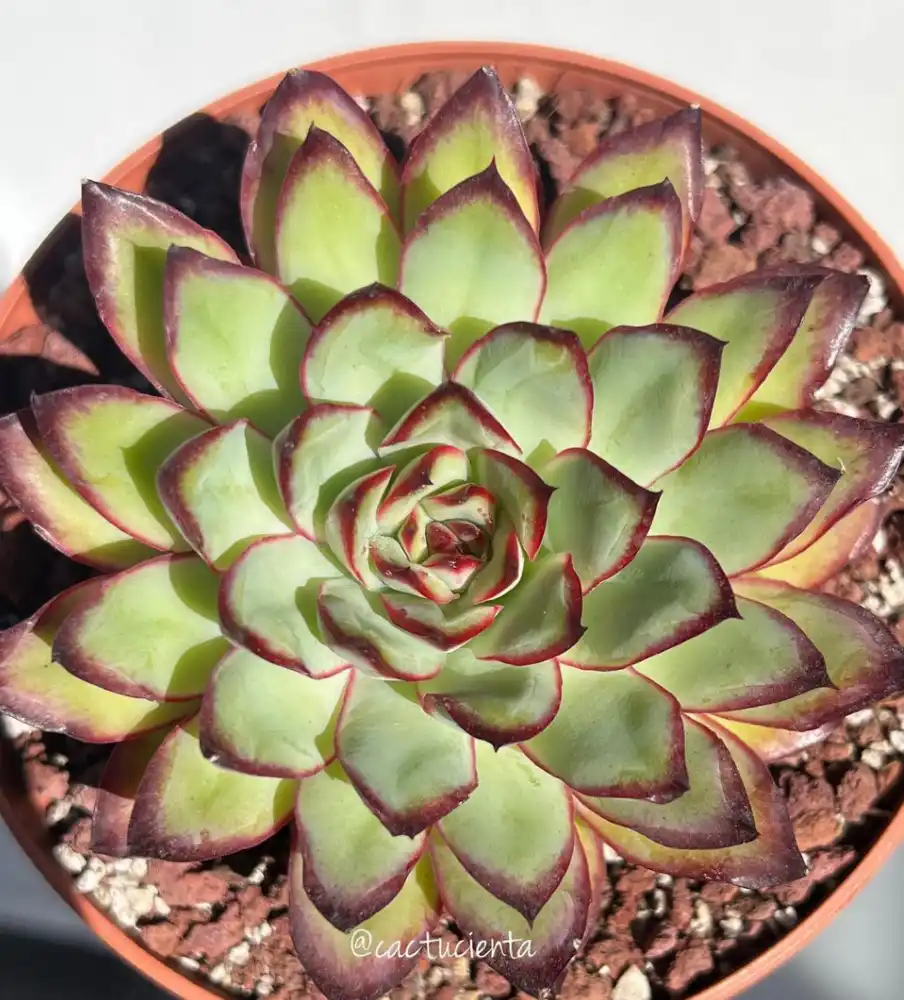
Flowers and Blooming
When it comes to flowering, Echeveria pulidonis produces stunning yellow flowers on long stalks called inflorescences. These flowering stalks can grow up to 12 inches (30 cm) in height. The flowers themselves are bell-shaped and add a vibrant splash of color to the plant. Typically, Echeveria pulidonis blooms in late spring or early summer, showcasing its exquisite flowers for all to admire.
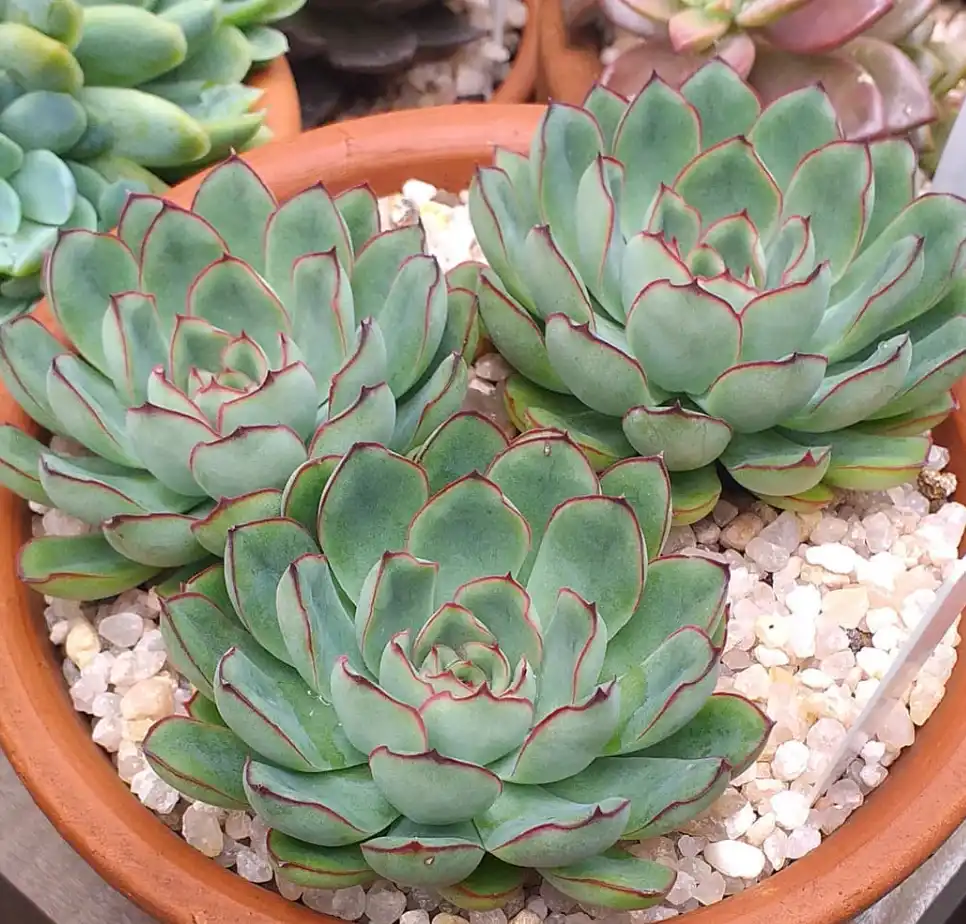
Toxicity
One of the great advantages of this Echeveria is that it is non-toxic to cats, dogs, and people. This makes it a safe choice for households with pets or small children. However, it is always important to keep in mind that individual sensitivities may vary, so it is best to monitor any interactions between your pets or children and the plant.
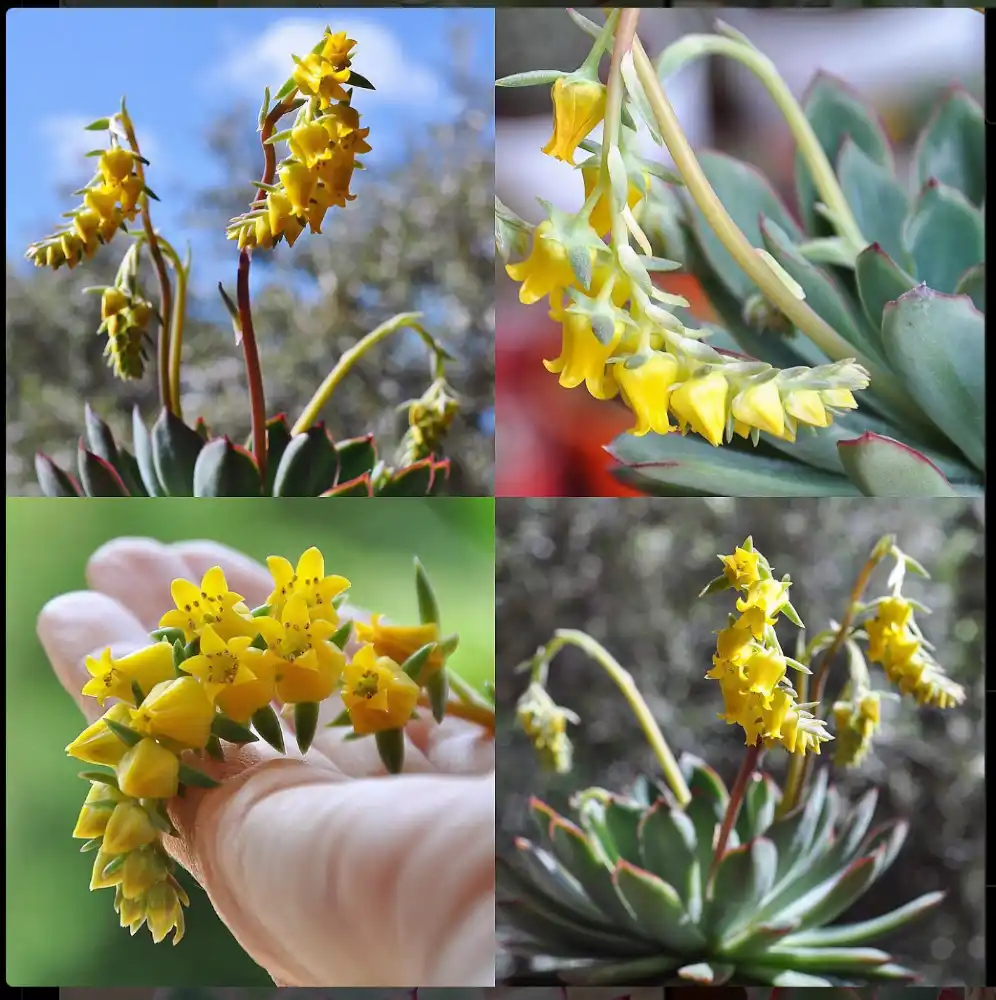
Echeveria pulidonis Propagation Methods
Echeveria pulidonis can be propagated through several methods, including leaf cuttings and offsets. Leaf cuttings involve carefully removing a healthy leaf from the plant and allowing it to dry for a few days until a callus forms. Once the callus has developed, the leaf can be placed in well-draining soil, where it will eventually root and develop into a new plant.
Offsets, also known as “pups,” are small plantlets that emerge from the base of the parent plant. These can be gently separated from the main plant and replanted in their own pots or directly in the ground. Offsets are a convenient and efficient way to propagate Echeveria pulidonis, as they already have their own established root system.
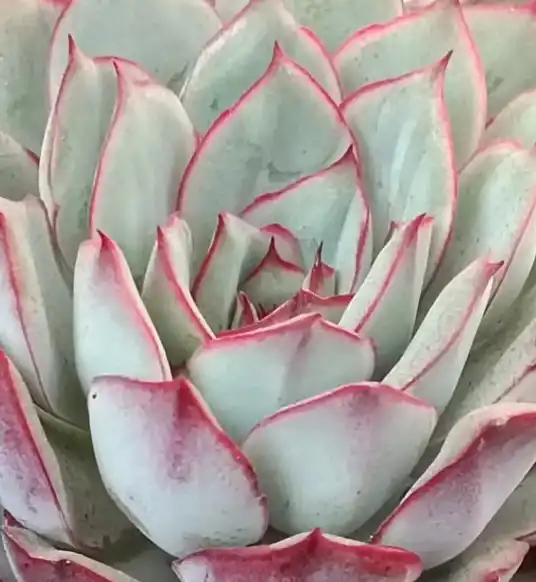
Echeveria pulidonis, also known as ‘Pulido’s Echeveria’, is a captivating succulent that will add beauty and elegance to any succulent collection. With its stunning blue-green leaves, vibrant coral flowers, and non-toxic nature, it is a popular choice among succulent enthusiasts. Whether you choose to propagate it through leaf cuttings or offsets, this plant is sure to thrive and bring joy to your gardening endeavors. So, why not consider adding Echeveria pulidonis to your succulent family?

